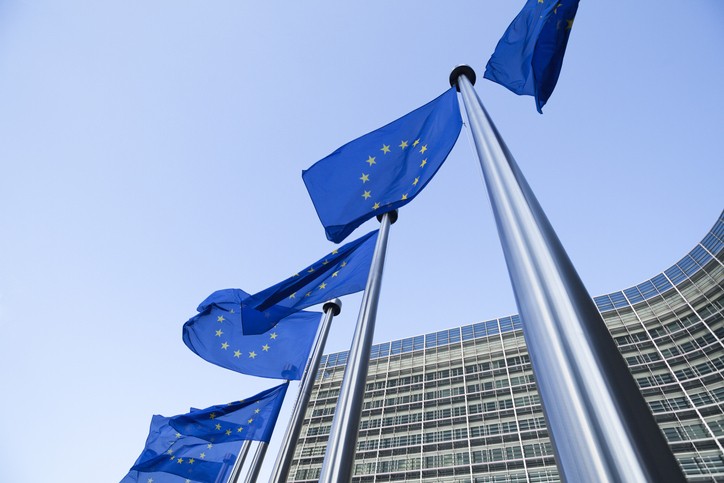According to Article 54 of the EPC, an invention is considered novel if it is not part of the state of the art. Based on this remark, you might conclude that it is consequently impossible to secure a patent for a known drug. However, there are several cases in which the substance as a whole may be known, but this does not stop the substance from being patentable.
Medical use of known substances
A first or further medical use claim is perhaps the most well-known example of the patentability of known drugs. More specifically, the Guidelines for Examination G-VI, 7.1 states that even if a substance or composition is already known, it may still be patentable under Article 54(4) if it was not previously disclosed for use in a medical technique. This means that if a chemical or composition is recognized but not used in medical treatment, a broad claim to that substance or composition for therapy is possible (i.e. as a first medical use).
Furthermore, even if a substance or composition is known to have been used in a “first medical use,” it may still be patentable under Art. 54(5) for any subsequent or subsequent application in a medical technique. For example, if a known compound is discovered for the first time to be beneficial against cancer, a claim to that substance or composition for use in cancer treatment may be possible (i.e. as a second or further medical use).
Specific use of known medical treatment
The concept of being able to secure a patent for a first or subsequent medical use was expanded upon in G2/08. It was confirmed in this judgement that while it is already known to utilize a certain medicament to treat a specific condition, Article 54(5) EPC does not preclude this medicament from being patented for use in a “specified new and inventive therapeutic application.”
The EPO’s examples of specified novel and creative therapeutic applications include new dosage regimes, new routes or modes of administration, and new patient groups. This is not an entire list, and additional specialized medicinal applications may be patented as well.
As a result, if a known chemical for a known medical indication is discovered to be particularly beneficial when used in a certain dose regimen or on a specific subset of patient groups, it may be patentable. Singapore appears to have a similar attitude, with a novel dosing regimen being considered patentable in theory.
Specific combinations
A particular new combination or composition claim is another possible claim in Europe for a known drug. Such claims may take the form of a composition consisting of substances A and B, where one or both components are known individually but the combination is disclosed for the first time. Of course, in order for such a combination to be patented, it must be both unique and innovative. In order to meet the innovative step requirements, such a combination may need to demonstrate an unanticipated technological result or synergy.
Purity
In general, the EPO believes that a known substance is not rendered novel just because it is available with a different degree of purity if the purity may be obtained through normal techniques. The important phrase here is “by conventional procedures,” implying that purification of a recognized material is considered standard practice. However, if a particular degree of purity cannot be attained by traditional means, but rather requires the development of new purification processes, then a claim to a known material with a specific degree of purity may be patentable.
Polymorphs
Polymorphs are different crystalline shapes that a chemical compound can adopt. Distinct polymorphs can exhibit different physical qualities in the pharmaceutical sector, such as bioavailability, solubility, hygroscopicity, and so on. As a result, for some medications, regulatory approval may be limited to a single polymorph. As a result, obtaining a patent for a specific polymorph of a known compound may be advantageous for many medication candidates.
While obtaining a patent in Europe for a specific polymorph is not simple, it is conceivable if an unanticipated advantage or feature can be proved. This was validated in T1422/12, where the claimed polymorph demonstrated enhanced stability to epimerization, leading to increased biological activity. This increased biological activity was recognized as an unanticipated technological consequence, and the specific polymorph was granted a patent.
The key to successfully acquiring a patent for a certain polymorph appears to be whether that polymorph has an unforeseen technical benefit that could not have been predicted.
Selection Invention
A selection invention deals with the selection of individual elements, sub-sets, or sub-ranges, which have are not disclosed in the prior art.
If the selected elements are not disclosed in an individualized form in the prior art, the selection innovation is regarded new. Furthermore, while a single selection from a single list in a given prior art document is not considered to confer novelty, if a selection from two or more lists of a certain length is required to arrive at a specific combination of features, then such a selection may be considered to meet the requirements of novelty (the “two-lists principle”).
Individual chemical compounds from a known generic formula and sub-ranges of several parameters from corresponding known ranges are examples of selection inventions. A sub-range chosen from a greater numerical range of the prior art is regarded as new if it is a) limited in comparison to the known range and b) sufficiently far removed from any specific examples revealed in the prior art and from the known range’s end-points.
A selection innovation must also meet the requirements of the inventive step, which requires assessment of whether the skilled person would have made the selection or would have chosen the overlapping range in the expectation of some benefit or advantage. In general, an unexpected technical consequence linked with the selection must be demonstrated, and the effect must apply to the full range as claimed.
Please find the list of EU IP Firms here.

